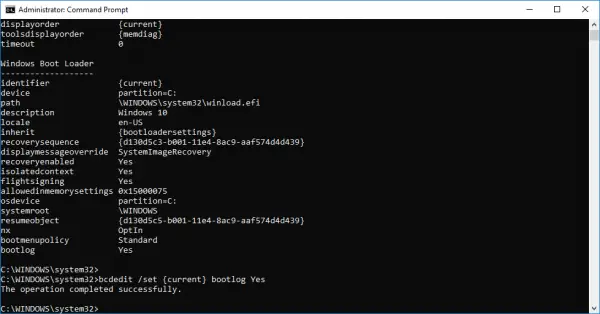

This gives us a number of significant advantages. The journald daemon collects data from all available sources and stores them in a binary format for easy and dynamic manipulation. Since much of the boot process and service management is handled by the systemd process, it makes sense to standardize the way that logs are collected and accessed. One of the impetuses behind the systemd journal is to centralize the management of logs regardless of where the messages are originating. In this guide, we will discuss how to use the journalctl utility, which can be used to access and manipulate the data held within the journal. The journal is implemented with the journald daemon, which handles all of the messages produced by the kernel, initrd, services, etc. The system that collects and manages these logs is known as the journal.

systemd attempts to address these issues by providing a centralized management solution for logging all kernel and userland processes. When using other tools, logs are usually dispersed throughout the system, handled by different daemons and processes, and can be fairly difficult to interpret when they span multiple applications. Some of the most compelling advantages of systemd are those involved with process and system logging.


 0 kommentar(er)
0 kommentar(er)
